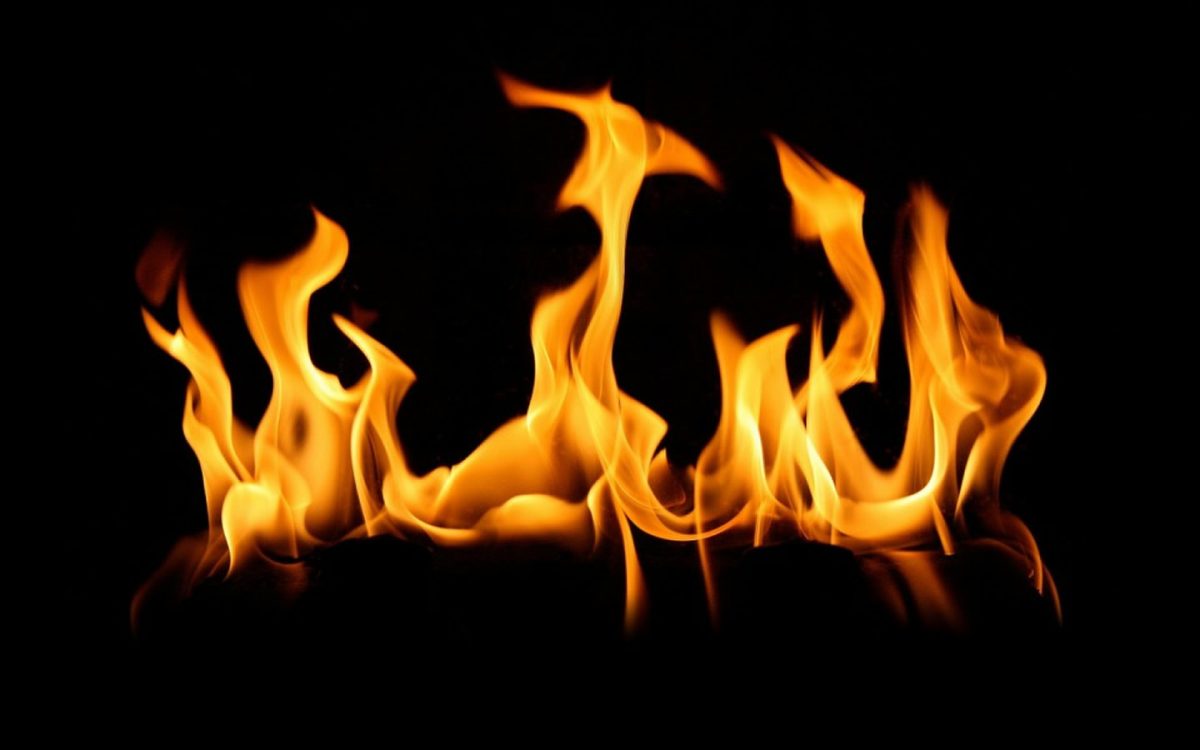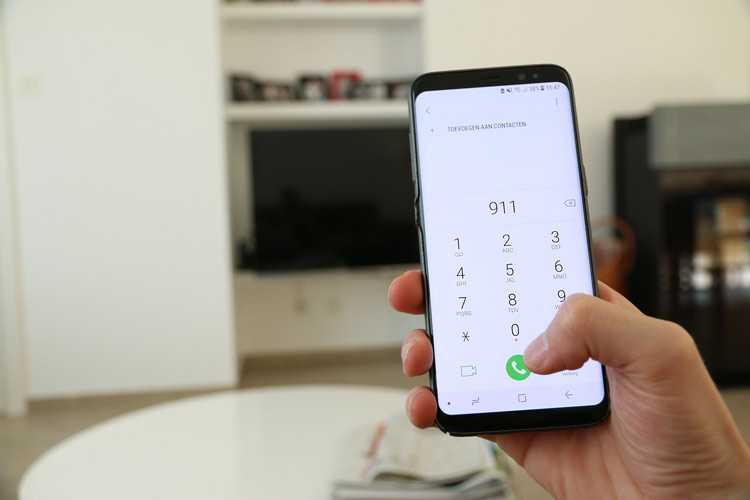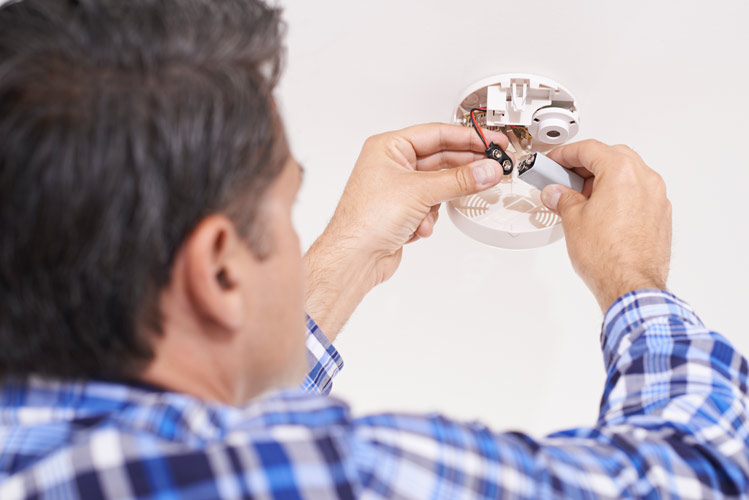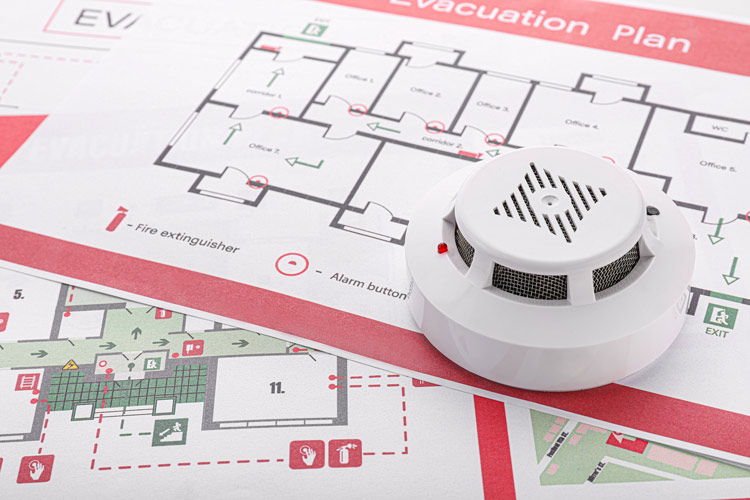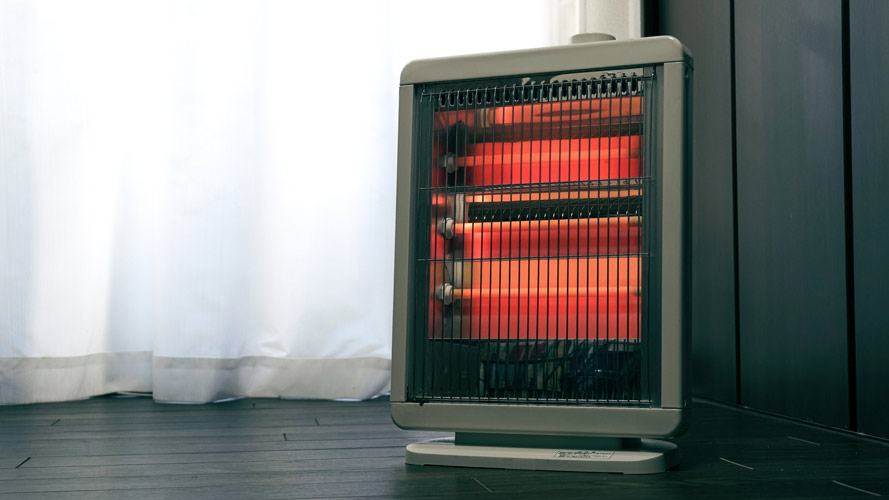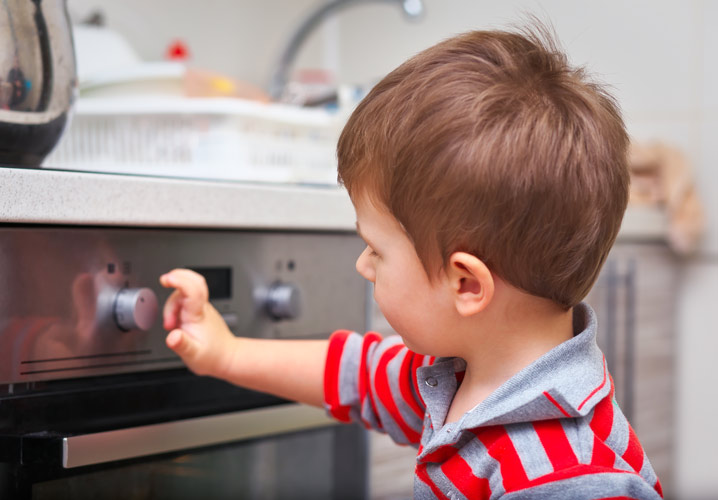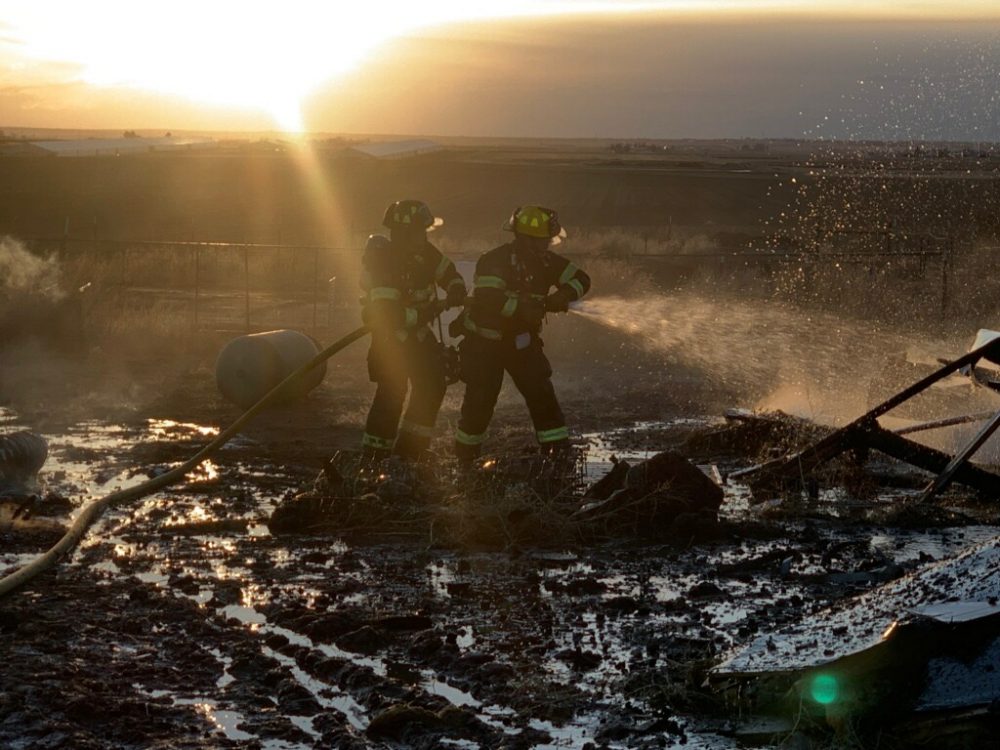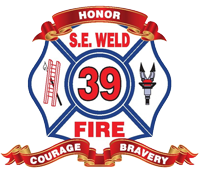WELD COUNTY LAUNCHES TEXT-TO-911 SERVICE
WELD COUNTY, CO — In a county registering almost 4,000 square miles, facilitating quick responses in an emergency is a big responsibility.
Beginning December 4, residents and visitors throughout Weld County will have another tool to use in an emergency: Text-to-911.
Promoted under the national theme Call if You Can, Text if You Can’t, the Text-to-911 service allows people throughout Weld County to reach 911 via text during an emergency if calling is not an option. Text-to-911 can be beneficial in many different scenarios, including assisting those with hearing disabilities, allowing contact with 911 during a crime when calling might put someone in danger, or contacting 911 when signal strength is too weak to place a call.
“We are proud of the work our Public Safety Communications team has done to make this service available to residents,” Weld County Chair Julie Cozad said. “It provides another method for people to request help when it’s desperately needed. It’s a great asset to Weld County.”
Text-to-911 is available to anyone who has a phone with text message capability and is using a participating wireless provider. Currently, AT&T, Sprint, and Verizon support Text-to-911 in Weld County.
“The county has the equipment in place to handle Text-to-911 calls,” said Public Safety Communications Director Mike Wallace, “and we have requested that all providers enable the Text-to-911 ability on their customer’s phones. So far the three largest providers have done just that. As others come on line, we will make sure to let the public know.”
The Weld County Public Safety Communications Department is responsible for implementing the Text-to-911 program in Weld County. Staff has worked on understanding new technology, worked with wireless carriers to implement the service, and done training to ensure the service meets the emergency needs of the public of Weld County.
While text messaging does have its benefits, calling 911 should still be the first option considered in an emergency. If you must text 911, it’s important to know the limitations:
- No video – Currently, Text-to-911 technology only understands words. No pictures or videos sent will be received.
- Location – Your location will need to be provided to dispatch to receive help quickly.
- Messages can be delayed – Text Messages can be delayed by wireless providers causing dispatch to receive messages out of order. This can cause a delay in receiving help.
More information about Text-to-911 including examples of when and how to use the service is available at www.weldgov.com.

